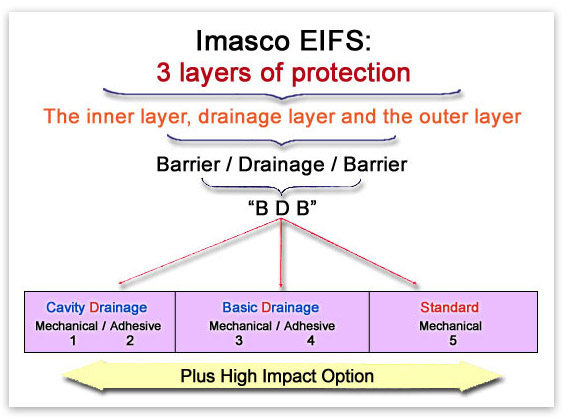FAQ’s
Parging & Stucco Questions
Does Stucco have a lifespan? What is Parging? What are the advantages of stucco anyways? You’ve got questions, and we have the answers!
Parging is a precise mixture of sand, Portland cement, lime, and water. It forms a protective outer layer that shields the building from harmful climatic conditions. It has been in use for thousands of years.
- Does parging have a lifespan?
- What is Parging?
- What is acrylic stucco?
- What colors does stucco come in?
- What are EIFS?
- What are some of the advantages and disadvantages of stucco/parging compared to other finishing material?
- Are you able to paint over stucco?
- How Long Does it Take for Parging to Dry?
Take a Tour of Super Sonic Stucco
So take a look around, learn more about our approach to stucco applications with commercial projects or residential services. Check out our photo gallery or see what clients have to say about us in our testimonials section. And if you like what you see, contact us — we’d love to hear from you.

